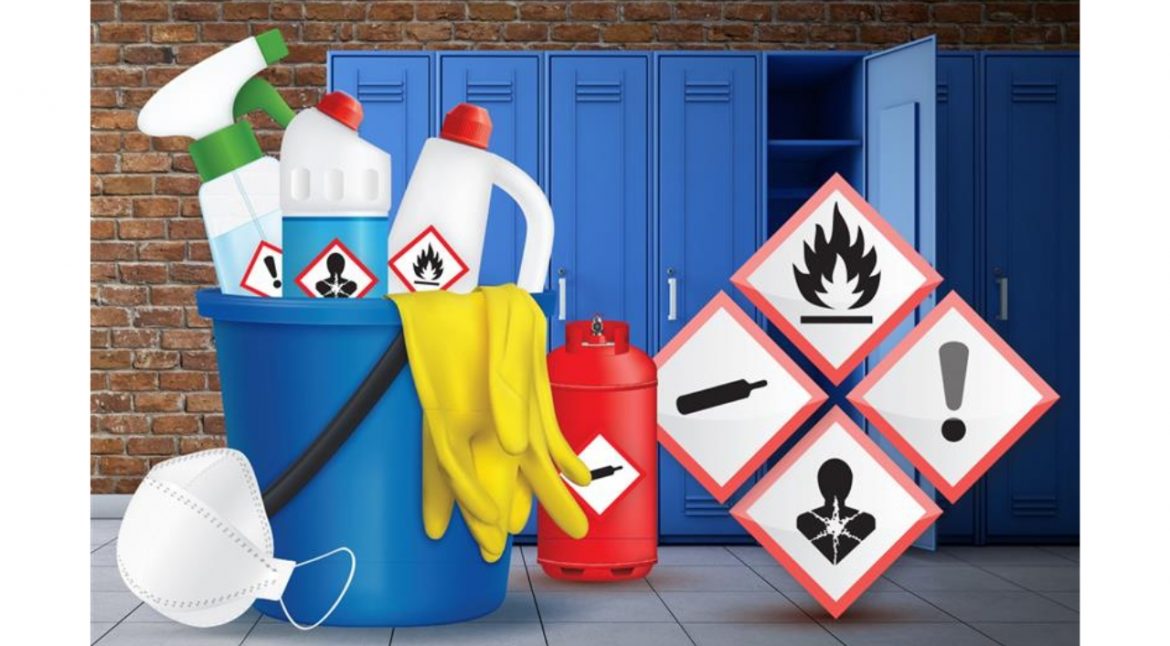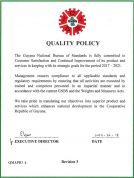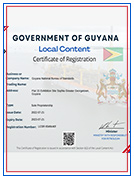Hazardous chemicals and chemical products can pose significant risks to people, property, and the broader environment. As such, they should be classified in accordance with the National Standard GYS 85:2003 “Specification for Classification of hazardous chemicals and chemical products.”
The Standard was developed by the Guyana National Bureau of Standards (GNBS) to educate stakeholders on the nature of hazards associated with chemicals or chemical products. It lists hazardous chemicals and chemical products commonly used in everyday life, indicating their principal and secondary hazards. Understanding these properties helps users better understand the uses, storage, handling, and transportation precautions to take.
These products are used in various industries, including medical and pharmaceutical, manufacturing, research, agriculture and energy, among others. Classifying these products accurately not only ensures safety but also promotes regulatory compliance, facilitates emergency response, and prevents incidents such as chemical burns, explosions, or poisonings, which can lead to increased costs, legal liability, and business interruptions.
The National Standard was drafted with inputs from key stakeholders, including New Guyana Pharmaceutical Corporation, Torginal Paints Incorporated, Harris Paints Guyana Limited, National Hardware Guyana Limited, the Institute of Applied Science and Technology (IAST) and the University of Guyana’s Faculty of Natural Science among others.
According to the document, the types of hazardous chemicals are classified as Corrosive, Flammable, Oxidising, Poisonous, Explosive, and Radioactive, with each represented by the first letter of the word. It notes that corrosive substances must be kept away from explosives, gases, and flammable goods. Flammable substances labelled as oxidisers must be kept away from fire, naked flames, explosives, gases, matches, and articles of a flammable nature.
Furthermore, explosive substances must be kept away from heat, fire, and naked light. They must also not be stored with gases, acids, matches, and goods of a flammable nature. Poisonous liquids, on the other hand, must not only be kept away from foodstuff but their fumes must also not be inhaled.
The National Standard provides an extensive list of all chemicals and chemical products, along with their toxicity levels. In the case of radioactive materials, the part of the body affected is also specified. To purchase a copy of the GYS 85:2003 “Specification for Classification of hazardous chemicals and chemical products,” please get in touch with the GNBS at telephone numbers 219-0064 or 219-0065 or WhatsApp us at 692-4627. Information on related and other standards can also be found on the GNBS’ Standards Portal – gnbsguy.com.






